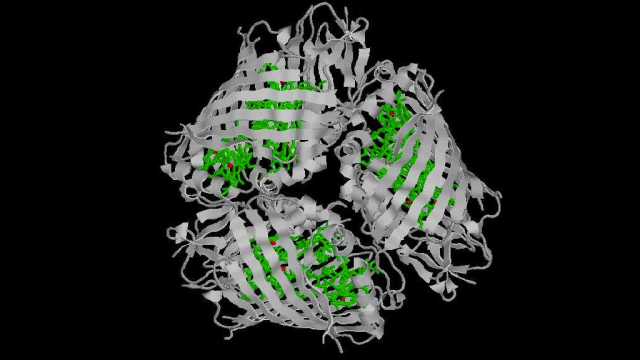A long-standing debate over just how “quantum” photosynthesis is may finally be coming to an end.
Subatomic particles obey a strange set of mathematical rules as they move around. They can only take on defined values of certain properties (kind of like taking positions on a staircase), but they might take on multiple values at the same time or entangle such that their values become more correlated than regular probability would otherwise allow. Scientists have long wondered what roles this quantum weirdness might play in biology, most notably in increasing the efficiency of photosynthesis. This line of research kicked into high gear after a controversial 2007 experiment found that something called quantum coherence appeared to play a key role in how plants make energy. But a new review of experiments has demonstrated that photosynthesis probably isn’t as quantum as scientists thought.
“There are lots of well-established and well-understood quantum effects in biology—normal effects that people have understood and seen for years,” Richard Cogdell, professor at the University of Glasgow and an author of the new review, told Gizmodo. “The idea that there are unexpected, strange quantum effects akin to things being in two places at once, for example—there’s really no evidence for that.”
In 2007, a paper published in Nature kicked off the debate. A team of scientists with the University of California, Berkeley, Washington University in Saint Louis, and Lawrence Berkeley National Lab performed measurements of a complex found in certain photosynthesizing bacteria called the Fenna–Matthews–Olson complex. This complex is made up of pigment and protein molecules and acts as a sort of wire connecting the light-harvesting part of a cell to the centre where photosynthesis occurs. The team cooled the complex to -196 degrees Celsius and measured how it reacted to laser pulses. They spotted a pattern of oscillations they deemed to be evidence that the complex incorporated quantum coherence, essentially taking on a superposition of multiple electron states at once, to find the most efficient route to transfer energy.
This work set off a flurry of quantum biology research trying to understand where quantum weirdness appears in biology and how these effects manifest in a meaningful way. But researchers since then have questioned whether quantum coherence was actually responsible for the telltale oscillations, and whether photosynthesis—in which an organism converts energy from light into chemical fuel—would actually require coherence in order to achieve its efficiency. Perhaps most notable among those researchers is Dwayne Miller at the Max Planck Institute for the Structure and Dynamics of Matter in Germany. Miller is the corresponding author of the new review on the matter published in the journal Science Advances.
The researchers combined evidence from past experiments to make their case against electronic coherence. They noted that atomic vibrations can also take on correlated behaviour and produce similar-looking observations, which are difficult to separate. They also noted that experiments conducted at so-called room temperature—the less-extreme range of temperatures at which photosynthesis would actually occur—demonstrate that quantum coherences in the FMO complex lasts just tens of femtoseconds (that’s not nearly long enough for it to have a meaningful impact on the efficiency of energy transfer). They conclude that the energy transfer process is just an incoherent “hopping” process, where excitations caused by sunlight jump between molecules, rather than a process governed by the weirdness of quantum mechanics.
Basically, the protein-pigment complex doesn’t just sit on its own in an ultra-cold lab experiment; it sits in a bath of cellular material at much higher temperatures. All of those complicating factors together made it clear that, “although quantum biology is really great and exciting, it’s too good to be true for real systems,” said Amy Stevens, assistant professor in chemistry at the University of Saskatchewan who was not involved in this review.
Another scientist not involved in the study, chemistry professor Shaul Mukamel at the University of California, Irvine, agreed that this paper could very well be the nail in the coffin for the quantum interpretation of the oscillations.
Graham Fleming, a University of California, Berkeley chemistry professor and one of the authors of the 2007 paper, told Gizmodo in an email that he had no specific comment on the new review. However, he has begun analysing the vibrational spectra of these molecules and pointed Gizmodo to a recent paper demonstrating a new spectroscopic technique. He explained that the vibration mentioned in the new review failed to recreate their observations of another photosynthetic light-harvesting complex. But Miller replied to Gizmodo that the paper Fleming discusses still doesn’t show that the energy transfer process is a quantum-coherent process.
This isn’t the end of the line for quantum biology, as there are still places where macroscopic manifestations of quantum mechanics could appear in biological systems. There’s some evidence that quantum processes might be behind bird navigation, for example. Others wonder whether they play a role in how we smell. “These are still important questions that should be explored,” Mukamel told Gizmodo.
As for photosynthesis, it seems like there’s nothing particularly mystical about it. At least, nothing aside from billions of years of evolution that has allowed life to develop out of energy harvested from a nearby star.
